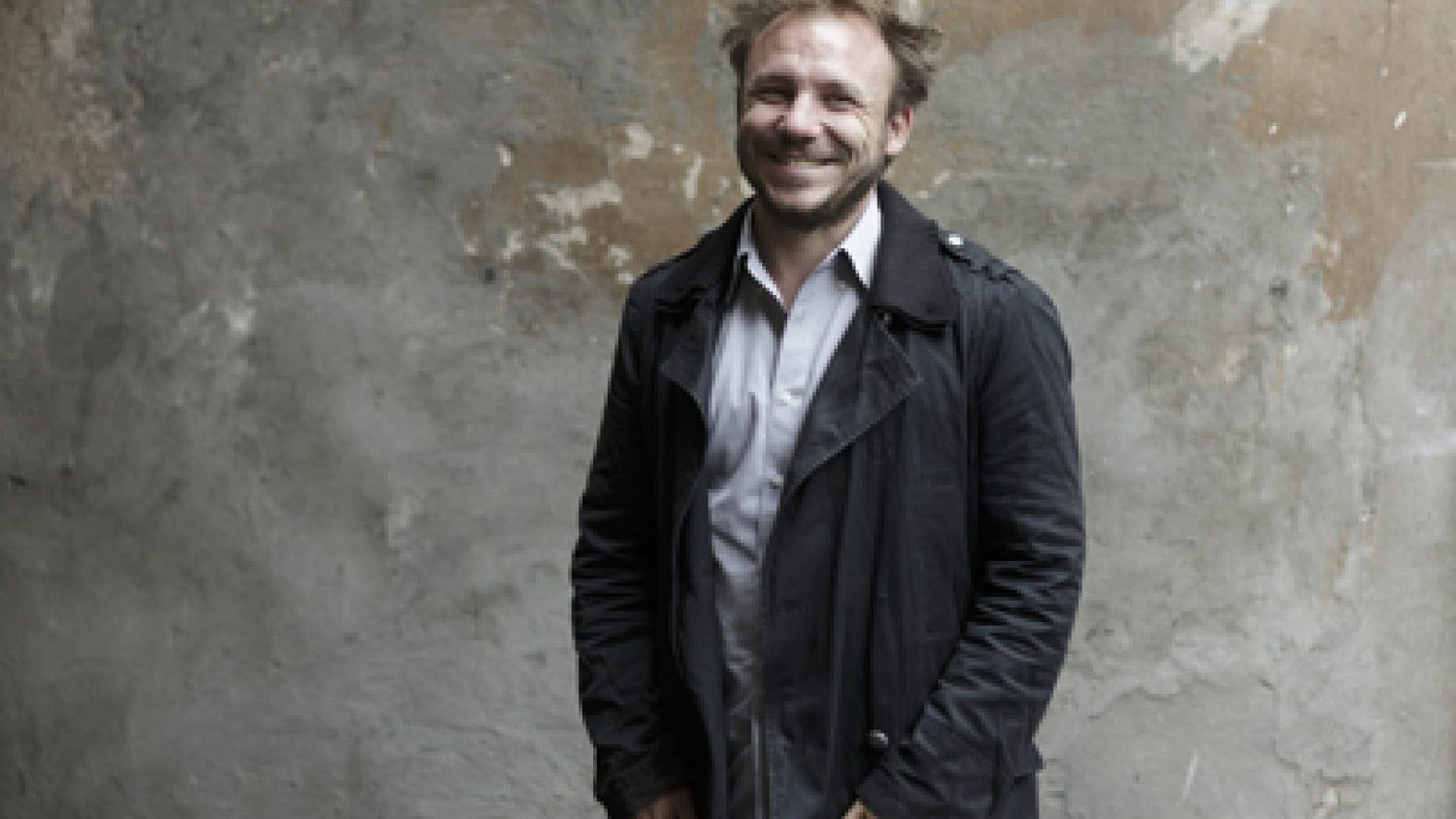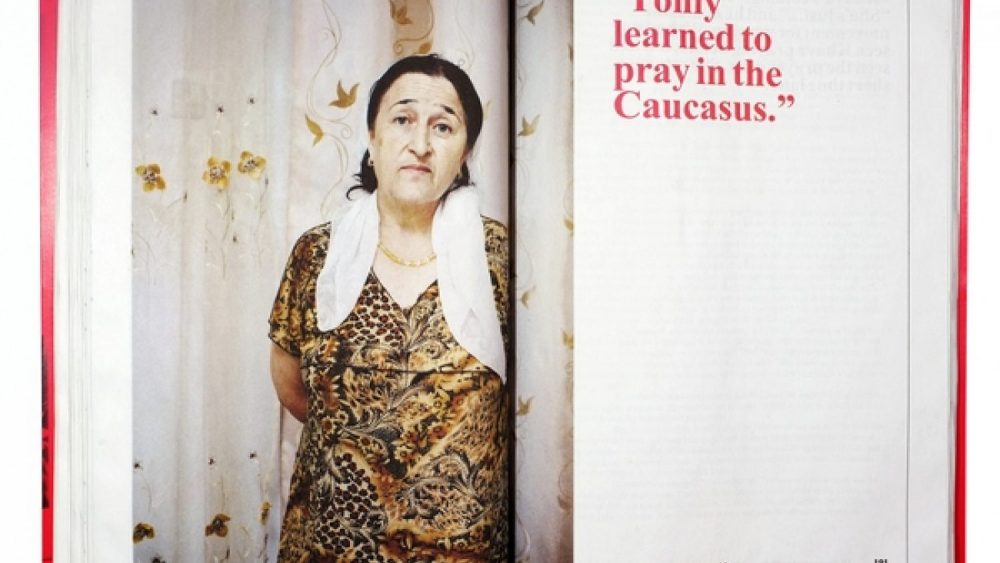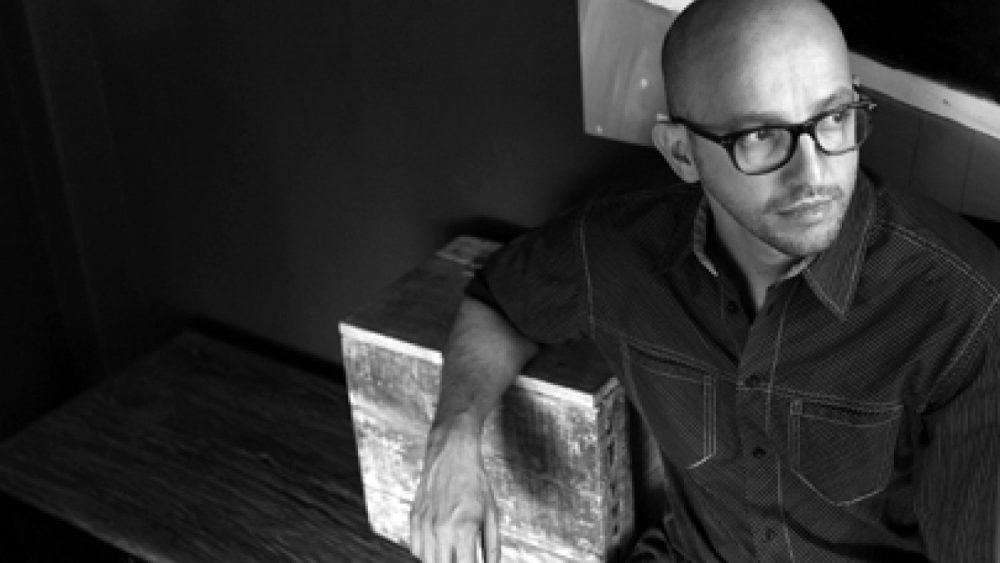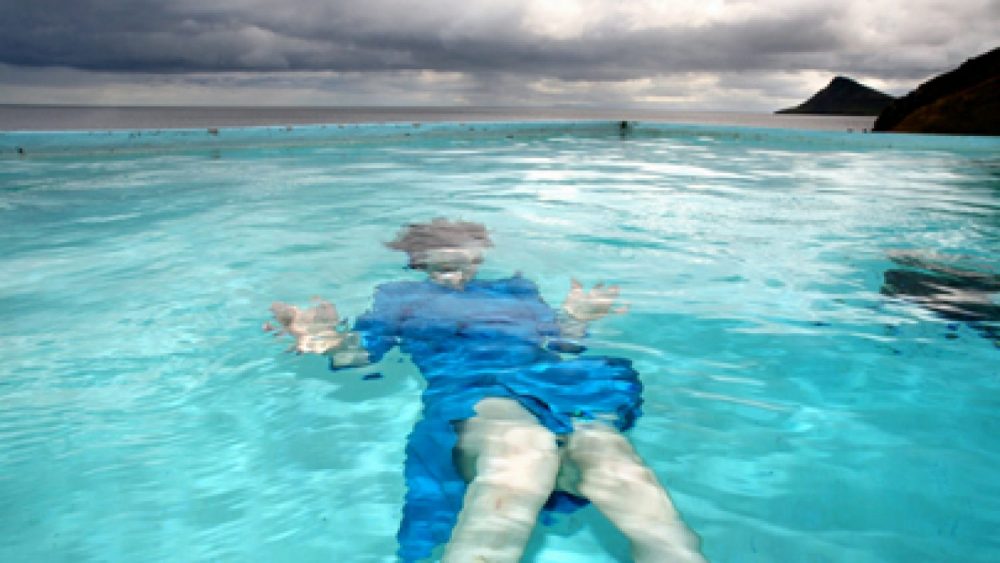Interview with Adrian Kelterborn
The rapid evolution of technological possibilities leaves one wondering what will become of photography in the future and how we will use it. It’s already obvious that the borders between different art-fields have dissolved – photographers aren’t afraid to integrate video, sound, text, drawing, etc. within their projects, and it goes the other way as well. This year the International Summer School of Photography (ISSP) welcomed multimedia and film producer Adrian Kelterborn to lead a workshop titled Multimedia Storytelling, devoted to the possibilities of merging media.
Kelterborn has a degree in film, but after graduating university he spent more than five years working for the eminent Magnum agency as a multimedia producer. From 2009 to 2012 he was the lead producer for Magnum in Motion, the multimedia department of the agency. Now Kelterborn works as an independent director and producer focused on both his personal projects, as well as collaborations with artists and curators internationally.
In your lecture (in Pelči, during the evening programme of ISSP, – I.R.) you stressed the ambiguity of the term “multimedia” – a printed photo with a written title underneath also consists of two communicative media, but we don’t talk about it as multimedia. What do you consider to be multimedia, and what is interesting about it?
I guess, when it comes to language everything that combines more than one medium would be a multimedia piece. But what we understand today [to be multimedia] is something that entails photography, sound and maybe video. This term was created, probably, for lack of a better or more precise term, and I guess we’ll have more accurate terms for certain formats in the future, as media and markets that were separated before need to grow together.
When you’re making a multimedia piece together with a photographer – what’s your role as a producer?
It can depend on the situation, but if it’s about representing the work of a photographer, and he wants to do that by adding another medium, then it’s first of all about understanding the photographer’s work as well as you possibly can, and then trying to develop some strategies that can help it. In a dialogue with the photographer we try to find an agreement about the way to go, so that he/she feels represented in the best way possible. [The goal is to] make the work stronger by adding these additional layers.
We’ve also talked about photography as this wonderfully ambiguous medium – fixed reality without any concrete narrative. I think there are a lot of photographers that are worried that creating multimedia projects will take this element away. Do you think it’s possible to add something by combining these different media, but at the same time – not to lose the ambiguity?
I think you can, because other media can have this ambiguity as well, and sometimes photography is not ambiguous at all. When it becomes very descriptive or is trying to make a certain and clear point, then it loses that quality. Language can have this ambiguity – from very descriptive scientific texts, that shouldn’t have that, to poetry at the other end of the spectrum. Film has it, music has it, so you can find that everywhere. It’s just that something changes when you combine two media, but you don’t have to necessarily lose that ambiguity at all.
Coming from a cinema background – what is it that interests you in the medium of photography?
I love photography as a medium in the sense that it can frame and freeze things like other mediums can’t. I also like the fact that photographers usually work on their own. So, when you work and establish a relationship with them you can have a very close connection. [This kind of relation] might be more difficult to establish within other more bureaucratic art forms – which film sometimes tends to be.
So, there’s the proximity to the photographer and his or her work, and also there’s the proximity between the photographer and his or her subject. As they’re usually on their own and they know it very well, they can approach [the subject] very closely… And I also think that photography is a medium where it’s very interesting to add those additional layers. Those are all the things I really like.
After you finished film school you worked for Magnum for about 5 years, and at one point even as head of the multimedia department Magnum in Motion. Could you tell me how you got there?
I finished film school in Zurich in 2005, and I wanted to leave Switzerland to get some input from another culture. I was making my list of cities I would like to go, and New York was high up. I wanted to work with film and media companies, so I made another list where Magnum was at the top. Not knowing Magnum from the inside, I had this idea of a group of people where they’re all strong individuals but form a whole at the same time, so I would be exposed to a lot of different opinions and advice as opposed to just one. Then I discovered that they had a multimedia department – Magnum in Motion, so I applied for an internship. I got it, and that was a very good experience. After a year they offered me a job as a full time multimedia producer, so I joined them.
And how was it working for them?
It was great, actually – fantastic. It’s an experience I’m so lucky to have had, both purely professionally, and personally. The work I was exposed to on a constant level… Highly interesting themes having to do with life and what’s happening on this planet, shown with many different colours, and from many different perspectives, age groups and cultural backgrounds. It was kind of a dream for me to be working there.
During your time at Magnum you collaborated with a wide spectrum of Magnum photographers – starting from those who work within the field of art photography to war photographers. Can you name some of the projects you worked on that you’re especially proud of?
I would have to think longer of this list, but in general terms I can say that it was always very fulfilling when it was a true collaboration. Some photographers really want to keep in control, and need to be aware of every step you take. While others would be the contrary – they would dump their work on you and let you do whatever you want. I thought that the most fulfilling and best results were always achieved when there was a strong collaboration between the [multimedia] team and the photographers.
What are you working on now as an independent producer?
I’m still very intrigued by the shaken-up market – this mix of photography moving into cinema, and cinema moving into photography. I want to be part of the game, and the goal would always be the same – to find the strongest possible combinations of media to speak of certain subject matters within a form that makes sense.
I think I’m oscillating between the two poles of having, on the one hand, some sort of “objective” approach to represent reality, and on the other hand, a much more personal approach. It touches questions like – what does this all mean for me, what kind of images can I come up with? I would very much like to advance these two poles in parallel because one inspires the other, and I don’t want to get lost in my own world but also don’t want to get lost in the outside world. For me the right way is to move back and forth between these two ways.
What do you consider to be the main difference between what we call “film”and what we call “multimedia”? When you watch movies by such directors as, for example, Jean-Luc Godard or Lars von Trier you stumble upon the use of a lot of text and stills. However, we would not call it multimedia, and there is definitely a difference between the two.
Film is traditionally an art that combines many media – images learn to move, and then later they’re combined with sound. So, we have the visual world and the musical world, and then some sort of narration that combines the two – from a very descriptive narrative to very poetic, non-linear story telling. What unites it all is that it’s a time-based art form.
Now with new technical possibilities we have the ability to merge those same three worlds of sound, image and narration but this can be done in many more different ways than just linearly. The interactive possibilities of this are very new.
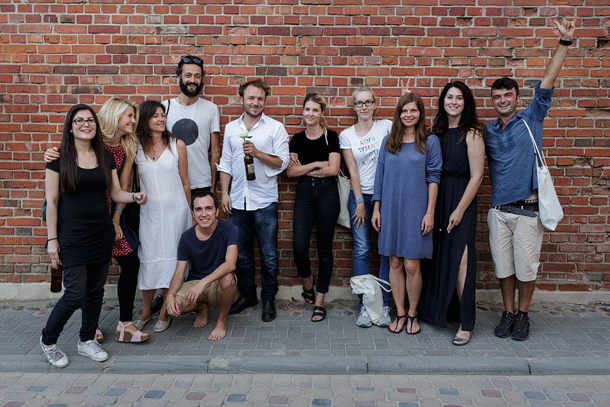
Yes, you can see that a lot of newspapers and magazines have started to use this possibility of interaction with the viewer. I remember seeing a feature like this in the New York Times about the skyline of New York, where they had both pictures, video, sound, text and above that you could get more or less involved in the story – clicking to see more or less, skip or rewind, etc.
Ultimately I think it’s always about the collection of data regarding the specific subject, and this data can be collected in many different ways – with sound recording, video recording, etc. Afterwards it’s about the representation of that collected data. In film you represent it a linear way, with interaction you break up that linearity and give many access points to the viewer, as well as a certain choice regarding the way he can navigate it. But in the end it’s still a collection of data that you define in a more narrow or wide context, and then give access to certain people.
In conclusion – to all of the photographers out there – why do you think they should they make a multimedia piece out of their work?
If they feel they can tell their story better by adding one more medium or many more media, yes, they should do it, and they should play around with it. They should work with people they trust, explore their own curiosity and skills, and understand whether they have a sense for video and sound or not. If they do [choose to make a multimedia piece] it’s fantastic as an enriching experience, and if they choose not to, that’s fine as well.
